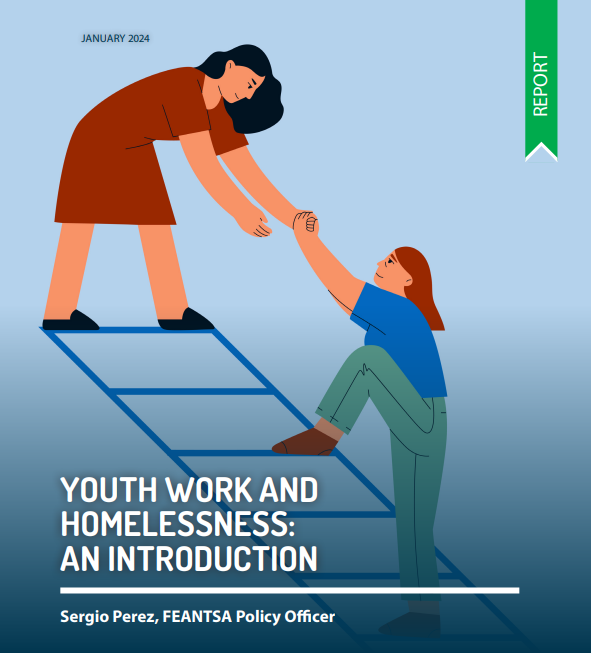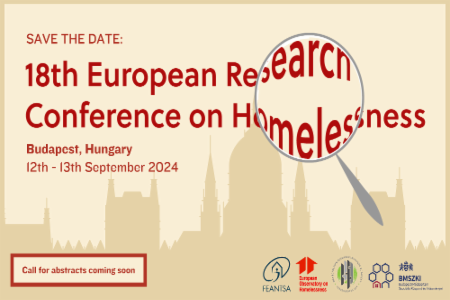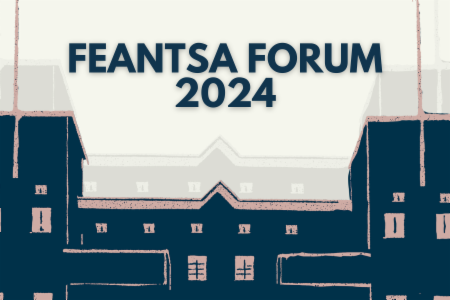by Sergio Perez, FEANTSA Policy Officer
Young people experience homelessness differently from adults. Both the causes of and solutions to youth homelessness are different. Therefore, homeless services working with young people at risk of, or experiencing, homelessness should deliver youth-oriented solutions - designing services to meet the specific needs of young people.
While it is difficult to compare data across Europe, due to the lack of a clear definition for both youth and homelessness, there is evidence that homelessness among young people is increasing. For many young people experiencing homelessness, exclusion from the housing market is associated with histories of state care, LGBTIQ+ identification, racial discrimination, or abusive family situations. The experiences of homelessness also differ from those of adults, given that trajectories often involve moving back and forth from home, temporary accommodation, staying with relatives or friends, sofa-surfing, etc.
In addition, young people have distinctive characteristics that should be acknowledged in the homelessness sector. For example, many have left homes and relationships on which they were dependent both economically and for their well-being; as young people, they continue to undergo social, cognitive, and physical development until at least the age of 23; and the transition into adulthood is equally important as that into independent housing.
This report delves into the unique challenges faced by young people experiencing homelessness compared to adults. It emphasizes the distinct causes and solutions for youth homelessness, highlighting the increasing trend across Europe.






